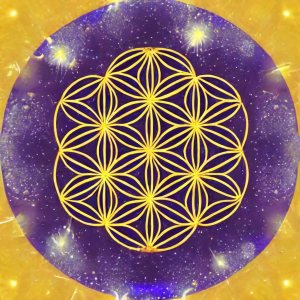Tuesday Oct 15, 2024
We Love Pollinators, Including Alternative Pollinators ! ~ Caring for Creation

As I mentioned in the podcast, I am having an exciting week! On Saturday I took some books back to the library. This particular library has a display with “Free Books” so I usually check it before I leave. These were 3 wonderful resource books that I immediately scooped up and brought home.
One is Managing Alternative Pollinators, the second is The Complete Book of North American Butterflies, and the third is The Beginners Guide to Bats !!! They are packed with information, very useful for learning more about "Caring for Creation"! I started reading Managing Alternative Pollinators first because we know that the Honey Bee population has been diminishing for many years. We also know that we need prodigious as well as alternative pollinators so we will have sufficient food production.
Honey Bees are definitely prodigious but they are struggling to survive! The increased use of insecticides and herbicides is one of the main reasons for the decline of Honey Bee populations. No matter how diligent and watchful Beekeepers are, their bees can be easily exposed to toxins. This is because Honey Bees often fly 1 to 3 miles per day to reach flowers with the most pollen and nectar. In their travels, they may cross fields that have been recently sprayed with toxins! Also, the toxic spray from neighboring fields or even crops 2 to 3 miles away may reach the hives.
A large, healthy Honey Bee colony can have as many as 50,000 adult bees! The Queen Bee can potentially lay as many as 1,000 eggs per day! All these baby bee larvae need protein-rich royal jelly for them to survive and thrive! Royal jelly is a creamy, yellowish-white substance produced by honey bees.
Nurse bees feed royal jelly to larvae for the first three days after hatching. Royal jelly is also fed to the developing queen bee throughout her life. This diet can allow the queen bee to live up to five years, while worker bees typically live for about 45 days. The hive is kept busy gathering nectar and pollen to feed the queen and the growing larva! If the worker bees are exposed to any toxins, the entire colony can be wiped out in a matter of hours! Beekeepers, anyone who uses bees for pollination, and those of us who love honey are absolutely committed to caring for the European Honey Bee.
As I mentioned at the beginning of this podcast, there are alternative pollinators. They do not live in hives and they do not produce honey! But they do pollinate. And, they are not well-known. These pollinators include Bumble Bees, Mason Bees, the Alfalfa Leafcutter Bee, Sweat Bees, and the Shaggyfuzzy Foot Bee! These bees are usually solitary and may nest underground. They are difficult to detect, but they can be encouraged to live in your garden or your yard by studying their habits and by growing their favorite plants.
This is a great time of year to put in a Pollinator Garden that will flourish and produce blossoms in the Spring. There are great resources for gardening in Gwinnett County. They are listed below. Also, Alexander Park has a pollinator garden area that you can check out!
Gwinnett Parks & Recreation, UGA Extension Gwinnett, Master Gardener volunteers, and the Georgia Department of Natural Resources are working together to encourage native wildflower growth, provide critical habitats, and promote plant pollination.
We are looking forward to seeing your Personal Pollinator Garden in the Spring!
No comments yet. Be the first to say something!